Cockatiels are small members of the parrot family that are native to Australia. These birds are incredibly popular pets – in fact, budgies are the only bird more popular. Their closest relatives are the cockatoos. Most of these birds are grey with yellow heads and red/orange cheeks. Read on to learn about the Cockatiel.
Description of the Cockatiel
These birds are quite small, and they are the smallest species of cockatoo in the world. Most Cockatiels weigh about 2 or 3 ounces, and are just 10 inches long. Wild Cockatiels are dark brown or grey, with yellow heads and orange circles on their cheeks. Males have more brightly colored feathers than females.
Interesting Facts About the Cockatiel
These little birds are charismatic, colorful, and vocal. For this reason, they are popular household pets. Learn more about this interesting species below.
- Captivating Colors – Cockatiel breeders select birds based on interesting colors and patterns. Through selective breeding, we now have many different colors, including all white, all grey, pied, all yellow (or “lutino”), cinnamon, and more.
- Creative Crest – Like many cockatoo species, these birds have feathers on their heads, which are known as “crests.” Their crests are usually bright yellow, and they use them to express emotion. Excited birds stick their crests straight up, relaxed birds lay their crests back, and frightened birds flatten their crests against their head.
- Serenading Sons – Males of this species are more vocal than their female counterparts. Pet Cockatiels learn to sing or even talk. Males sing and talk more frequently, and learn more sounds, than females.
- Monogamous Mates – Pairs of Cockatiels are monogamous, which means they mate for life. Not only do pairs continue to breed season after season, but they also remain together outside of breeding season. They continue to preen and socialize with one another even when they rejoin the rest of the flock.
Habitat of the Cockatiel
This species lives in a variety of different habitats within their range. Their favorite ecosystems are those with water bodies, like lakes or rivers, in close proximity to open areas or woodlands.
Grasslands and savannas are their preferred habitats, but they also live in open woodland. They live in inland habitats, usually in arid or semi-arid regions with low rainfall.
Distribution of the Cockatiel
These birds live throughout much of Australia, though they usually do not live near the coastline. In Western Australia, their range does extend to the coast, but they live primarily inland.
They also live in the Northern Territory, Queensland, New South Wales, and parts of Victoria and South Australia. The greatest population densities live in the southwest.
Diet of the Cockatiel
These birds are herbivores, and feed primarily on plants. The vast majority of their diet consists of seeds, though they do eat fruits, berries, flowers, and more.
While they fly and roost in trees, these birds forage on the ground. They usually eat seeds from grasses, weeds, trees, and shrubs. Some also eat insects or invertebrates if they come across them.
Cockatiel and Human Interaction
Humans and Cockatiels do occasionally conflict with one another. Like some other parrot species, these eat the seeds of some crops. Because of this, farmers view these birds as pests. However, these birds have healthy populations with strong numbers in the wild. The IUCN lists this bird as Least Concern.
Domestication
Humans have not domesticated any parrot species in any way.
Does the Cockatiel Make a Good Pet
Yes, Cockatiels make wonderful pets. They are very friendly little birds, and captive birds like to socialize with people. Their lifespans are surprisingly long, which means that they easily become lasting members of their families. Because these birds are social, it is important to purchase more than one if you cannot spend enough time with your bird.
Cockatiel Care
These birds should have plenty of space in their cage, and lots of time outside of the cage to roam, explore, play, and socialize. Always supervise young children, and take care while handling your birds so that you do not injure them.
There are a variety of commercially-prepared seed diets, which you can supplement with fresh fruits and vegetables. Always ensure you have a veterinarian who is experienced with pet birds for annual checkups or necessary vet visits. Often, the vet you take your dog or cat to does not care for exotic pets – such as parrots!
Behavior of the Cockatiel
Cockatiels are social little birds, and naturally live in flocks. Within flocks, mated pairs socialize and groom one another, usually preening the heads and crests of their mates. Flocks spend their mornings socializing and singing, and then move to the ground to forage for seed.
Most Cockatiel flocks migrate based on availability of food and/or water. As breeding season arrives, the mated pairs break off from the flock to claim a nesting tree.
Reproduction of the Cockatiel
This species, like most parrots, nests in hollow cavities in trees. Females lay five eggs per clutch on average. Both males and females incubate the eggs, usually for about three weeks. Males feed the chicks more frequently than females.
Once they hatch, the chicks develop quickly, and are independent by the time they are five weeks old. The young begin reproducing themselves when they are a little over a year or a year and a half old.

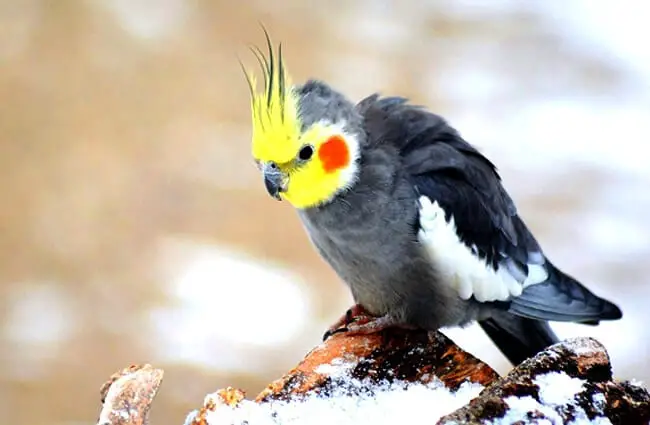


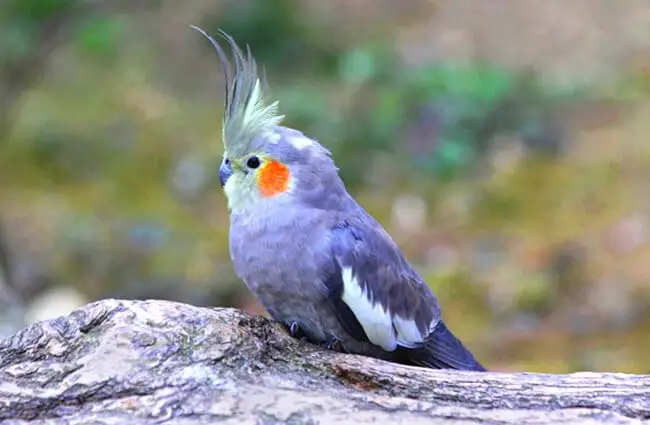
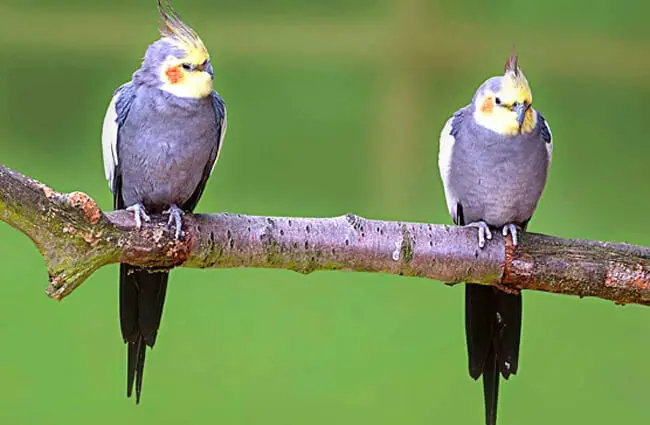
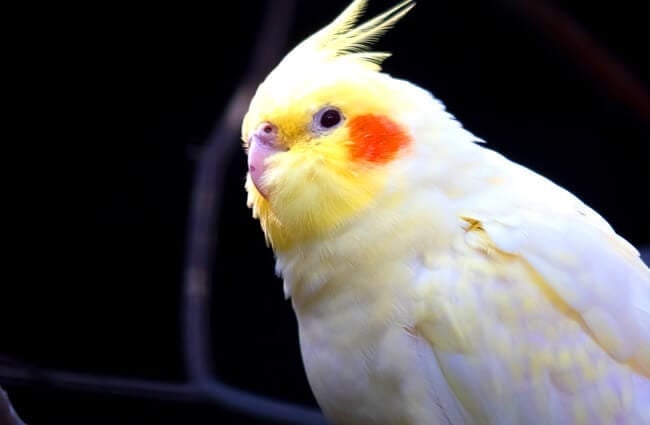

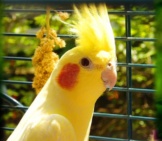




![Red Angus Closeup of a beautiful Red Angus cowPhoto by: U.S. Department of Agriculture [pubic domain]https://creativecommons.org/licenses/by/2.0/](https://animals.net/wp-content/uploads/2020/03/Red-Angus-4-238x178.jpg)












![Red Angus Closeup of a beautiful Red Angus cowPhoto by: U.S. Department of Agriculture [pubic domain]https://creativecommons.org/licenses/by/2.0/](https://animals.net/wp-content/uploads/2020/03/Red-Angus-4-100x75.jpg)

